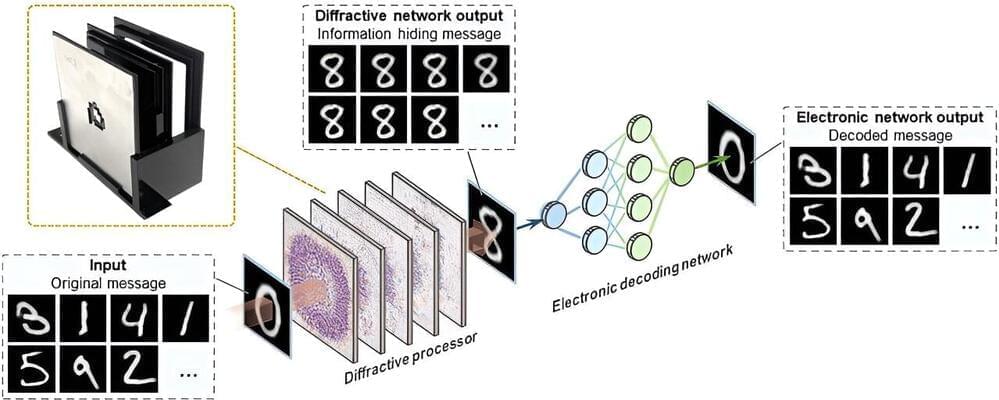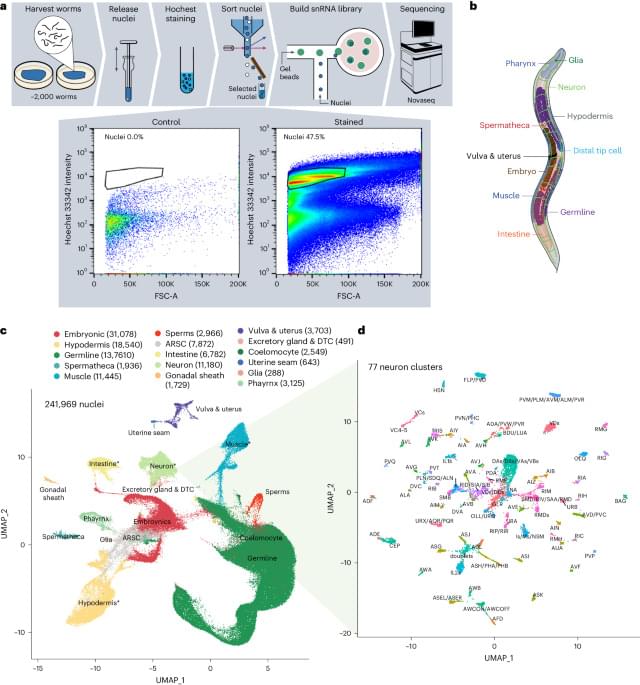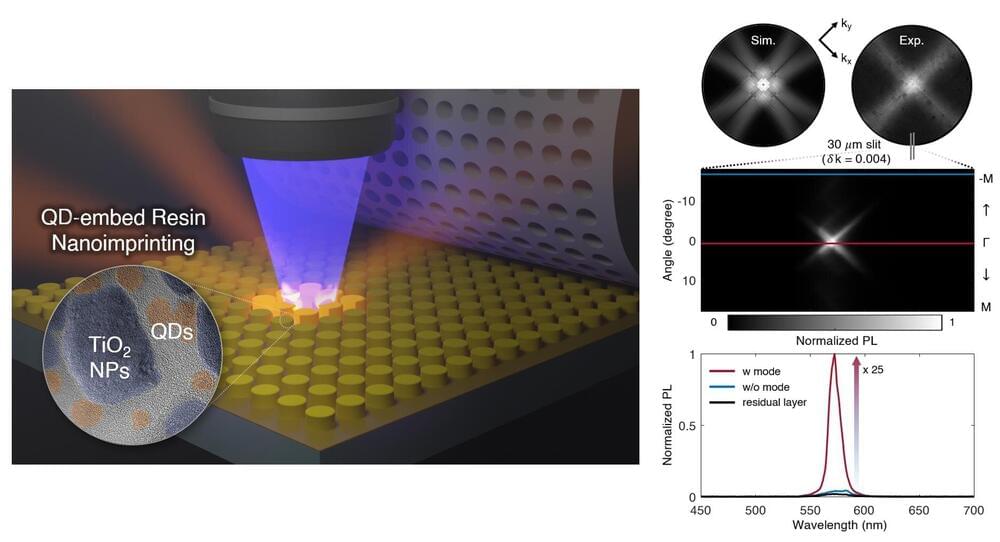A Finnish startup called Flow Computing is making one of the wildest claims ever heard in silicon engineering: by adding its proprietary companion chip, any CPU can instantly double its performance, increasing to as much as 100x with software tweaks.
If it works, it could help the industry keep up with the insatiable compute demand of AI makers.
Flow is a spinout of VTT, a Finland state-backed research organization that’s a bit like a national lab. The chip technology it’s commercializing, which it has branded the Parallel Processing Unit, is the result of research performed at that lab (though VTT is an investor, the IP is owned by Flow).







